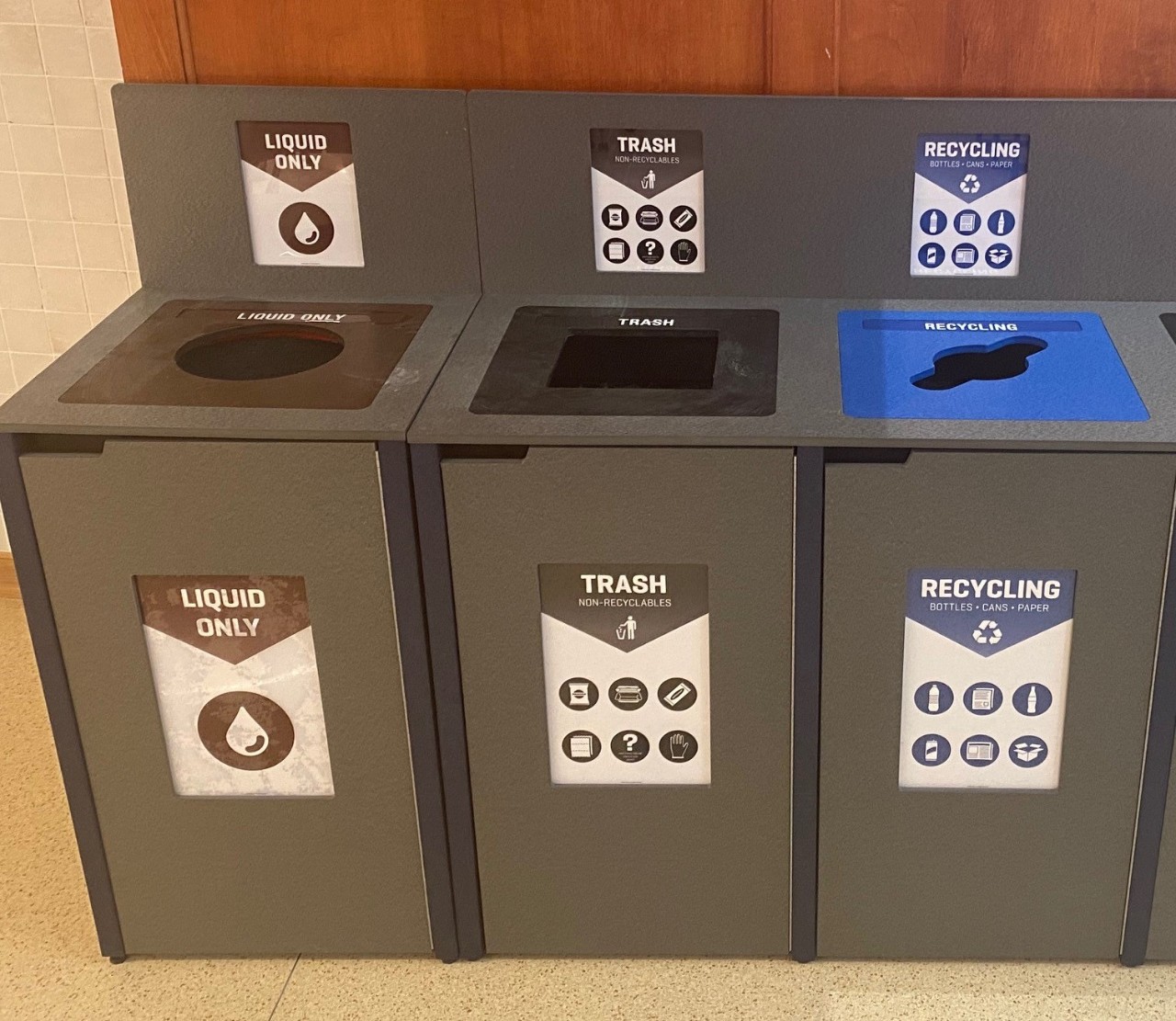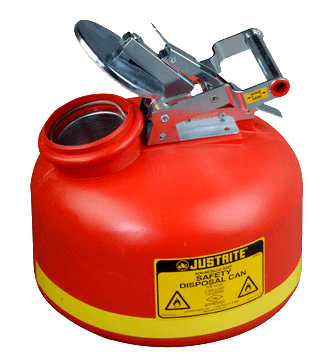Comprehensive Liquid Waste Disposal: Solutions for Homes and Businesses
Comprehensive Liquid Waste Disposal: Solutions for Homes and Businesses
Blog Article
Comprehending the Comprehensive Process of Liquid Waste Disposal: Finest Practices and Environmental Effect Considerations
The administration of liquid waste disposal is a complex concern that needs a detailed understanding of various ideal techniques and their linked ecological influences. From the kinds of liquid waste generated to the methods used for collection, treatment, and final disposal, each action plays a crucial role in guarding ecological communities and public wellness. As governing requirements develop and technology advances, the conversation around these procedures becomes significantly significant. What ramifications do these changes hold for future sustainability initiatives, and exactly how can stakeholders ensure that they are adequately resolved?
Kinds Of Liquid Waste
Recognizing the various types of fluid waste is important for reliable management and disposal methods. Fluid waste can be broadly categorized into a number of types, each requiring distinct handling and treatment techniques.
Industrial fluid waste frequently contains unsafe products, consisting of heavy metals, solvents, and chemicals, generated throughout manufacturing processes. These wastes necessitate stringent regulative conformity to protect human health and the atmosphere. Residential fluid waste mostly refers to wastewater produced from households, including sewage and greywater, which, although less toxic, can still pose significant threats if poorly taken care of.
Agricultural liquid waste, including runoff from farms, commonly has plant foods and chemicals that can lead to ecological degradation otherwise dealt with sufficiently. Medical liquid waste, produced from health care facilities, includes contaminated fluids such as bodily liquids and chemicals, requiring specialized disposal approaches to stop infection and ecological contamination.
Last but not least, oil and grease waste, typically created by dining establishments and vehicle markets, can trigger severe blockages in sewer systems otherwise taken care of appropriately. Recognizing these classifications helps with targeted strategies for treatment, compliance with laws, and reliable disposal techniques, ultimately advertising ecological sustainability and public health safety.

Collection Approaches
Efficient collection methods are critical for the appropriate administration of liquid waste, ensuring that it is collected securely and effectively before therapy or disposal. Different methods are employed depending upon the sort of fluid waste generated, the quantity, and the particular features of the waste.
One typical method is using specialized collection storage tanks or sumps, which are designed to record liquid waste at the resource. These systems usually integrate pumps that facilitate the transfer of waste to bigger storage containers or therapy facilities. In addition, mobile collection systems equipped with vacuum cleaner innovation are utilized in situations where waste is created intermittently or in hard-to-reach areas.
For commercial setups, closed-loop systems can successfully minimize spills and leaks, permitting the recovery and reuse of liquid waste. It is additionally necessary to educate employees on proper collection procedures to minimize risks associated with harmful materials.
Furthermore, executing routine upkeep timetables for collection equipment guarantees ideal efficiency and safety and security. The integration of sophisticated tracking systems can boost collection performance by offering real-time data on waste degrees and possible hazards. Generally, efficient collection approaches are fundamental to lasting fluid waste monitoring techniques.
Therapy Procedures
Therapy procedures play a crucial duty in the monitoring of fluid waste, transforming potentially dangerous materials into multiple-use sources or risk-free effluents - liquid waste disposal. These processes can be broadly categorized right into physical, chemical, and organic techniques, each customized to address certain contaminants present in the waste stream
Physical therapy techniques, such as sedimentation and filtering, work by removing put on hold solids and particle matter. These techniques are frequently the initial step in the therapy chain, properly lowering the tons on subsequent procedures. Chemical therapies involve making use of reagents to counteract unsafe materials, precipitate hefty steels, or oxidize organic toxins, consequently improving the safety of the effluent.
Organic therapy procedures, including activated sludge systems and anaerobic food digestion, take advantage of the natural capacities of bacteria to weaken raw material. These techniques are particularly reliable for wastewater containing eco-friendly pollutants. Advanced therapy modern technologies, such as membrane filtering and progressed oxidation processes, are progressively used to attain higher levels of filtration.
Including a combination of these treatment approaches not just guarantees conformity with governing standards but likewise advertises ecological sustainability by recouping valuable sources from liquid great post to read waste.
Disposal Options
Just how can discover this organizations ensure the risk-free and liable disposal of fluid waste? Effective disposal options are vital for guarding public health and the environment. The primary methods include land incineration, disposal, and treatment complied with by discharge into community wastewater systems.
Land disposal includes the careful containment of liquid waste in designated garbage dumps, making sure that it does not leach into surrounding soil or water. Incineration, on the other hand, subjects fluid waste to heats, converting it right into ash and gases, which call for correct purification to decrease exhausts. This technique appropriates for contaminateds materials that can not be treated through traditional means.
In instances where fluid waste can be treated, organizations might choose chemical or biological treatment procedures to counteract dangerous elements before releasing the dealt with effluent into municipal systems. This course commonly straightens with regulative requirements, making certain that the effluent fulfills security standards.
Inevitably, organizations must conduct extensive assessments of each disposal alternative to identify its viability, taking into consideration aspects such as waste composition, governing compliance, and potential dangers to health and the setting. By choosing ideal disposal techniques, businesses can add to a responsible waste administration strategy.
Ecological Impact
The environmental influence of liquid garbage disposal is an essential consideration for companies seeking to lessen their environmental impact. Improper disposal techniques can lead to considerable contamination of water sources, soil destruction, and negative effects on regional communities. For example, dangerous fluids can leach right into groundwater, posing dangers to drinking water products and water life. In addition, the discharge of untreated or inadequately dealt with waste right into surface area waters can result in eutrophication, causing oxygen deficiency and the subsequent death of fish and other organisms.

To alleviate these effects, organizations must adopt ideal methods such as carrying out extensive waste treatment processes, advertising recycling and reuse, and sticking to regulative standards. By taking a proactive strategy to fluid waste management, entities can significantly reduce their ecological impact while supporting lasting advancement goals. Inevitably, an extensive understanding of the ecological effects related to fluid garbage disposal is vital for informed decision-making and liable stewardship of natural deposits.
Final Thought
Effective monitoring of liquid waste is crucial for guarding environmental honesty and public health and wellness. By adopting finest practices in disposal, therapy, and collection, together with adherence to governing requirements, the possibility for harmful contamination of ecological communities can be significantly lowered. Constant developments in technology and processes add to sustainable waste administration initiatives. Eventually, a thorough understanding of liquid waste disposal not just mitigates environmental influences but likewise cultivates a commitment to accountable source monitoring and environmental stewardship.
The management of liquid waste disposal is a diverse concern that calls for a comprehensive understanding of different ideal practices and their associated environmental effects. From the types of liquid waste produced to the techniques used for collection, therapy, and last disposal, each action plays a critical role in safeguarding communities and public health and wellness.The environmental impact of liquid waste disposal is a crucial consideration for organizations looking for to minimize their eco-friendly impact. Inevitably, a thorough understanding of the ecological effects connected with liquid waste disposal is important for informed decision-making and responsible stewardship of natural sources.
Inevitably, a detailed understanding of liquid waste disposal not only mitigates ecological influences however also fosters a dedication to accountable resource management and ecological stewardship.
Report this page